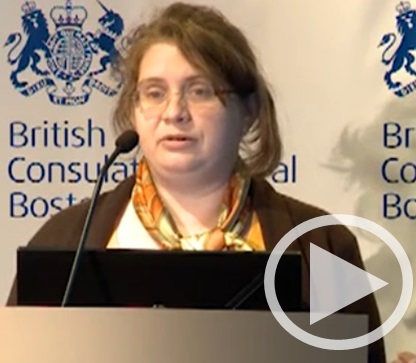Your basket is currently empty!
Evaluation of Peginterferon Beta-1a & IFN Beta-1a PK, PD, and Immunogenicity in MS

Interferon beta has been successfully used to treat multiple sclerosis since 1993, with a variety of administration routes and frequencies among the approved products. Interferon beta-1a IM is administered on a weekly schedule, and has an established safety and efficacy profile over 1.7 million patient years of exposure. Peginterferon beta-1a is a novel molecular entity with covalent attachment of a single PEG moiety to interferon beta-1a, and was developed with the intent to reduce dosing frequency while maintaining the safety and efficacy profile of interferon beta-1a IM. In Phase 1 trials in healthy human volunteers, peginterferon beta-1a demonstrated an extended half-life of 2-3 days compared to the 1 day observed with interferon beta-1a IM, resulting in greater exposure. Peginterferon beta-1a also generated a higher magnitude and a longer duration of pharmacological response; neopterin elevation induced by peginterferon beta-1a was more persistent compared with interferon beta-1a IM. The longer half-life and extended pharmacodynamic effect enabled dosing the therapeutic every 2 weeks and every 4 weeks in the pivotal phase 3 clinical study, as opposed to more frequent administrations performed for the non-pegylated IFN beta-1a products. Pegylation has been associated with reduced immunogenicity rates for some proteins. In the pivotal Phase 3 trial, immunogenicity against the interferon moiety of peginterferon beta-1a was lower than previously reported for other non-pegylated interferon beta-1a therapies; the incidence of persistent neutralizing antibodies was less than 1%. The incidence of persistent anti-PEG antibodies was 3%. No discernible impact of immunogenicity on clinical efficacy – primary and secondary endpoints – and safety was seen in this trial after 2 years of chronic treatment.
